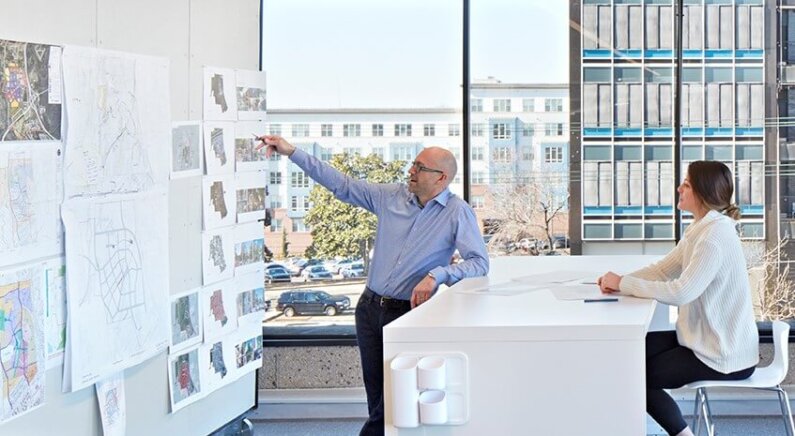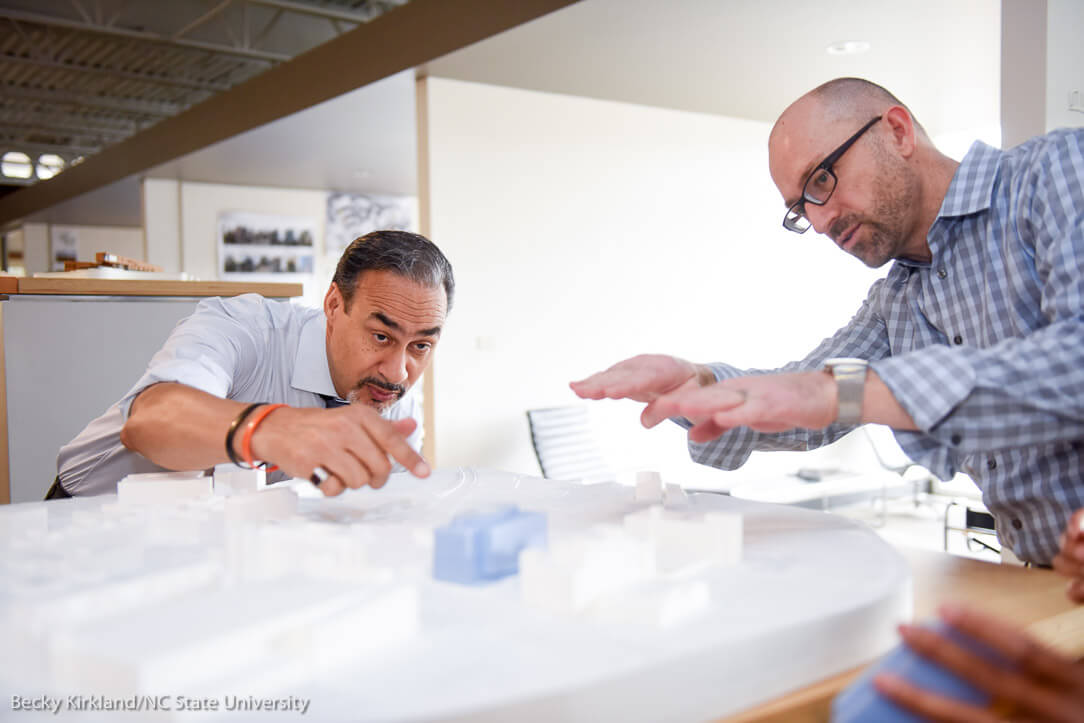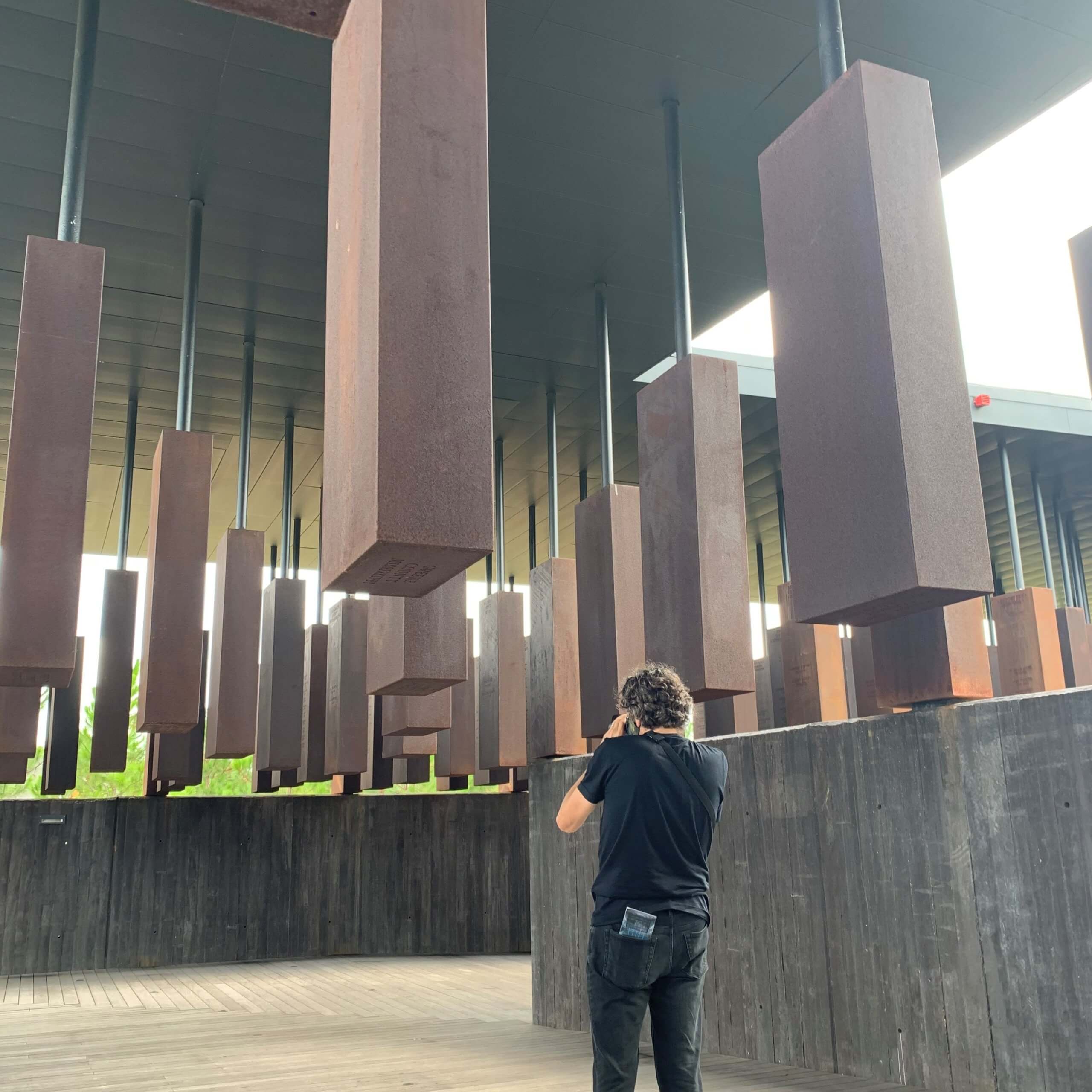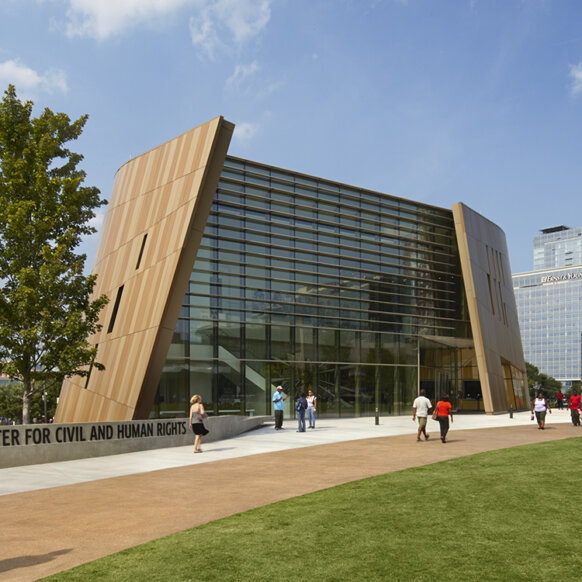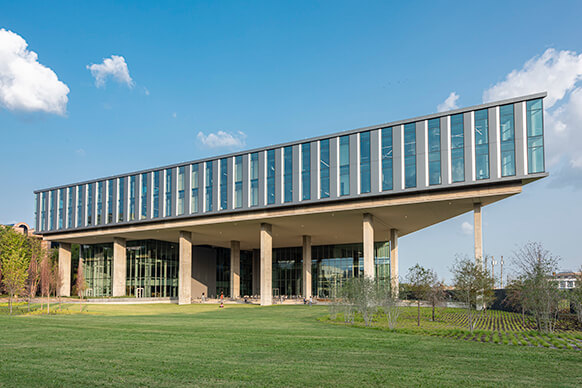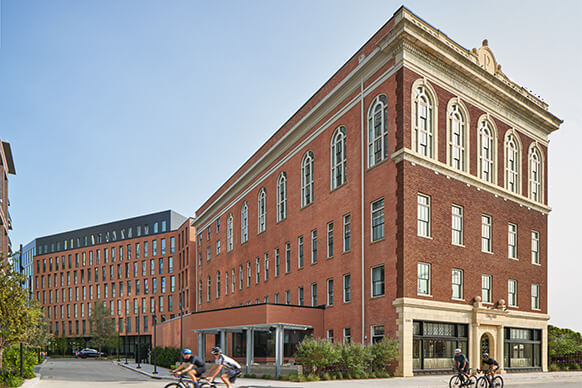Kenneth Luker, FAIA, LEED AP
Durham, North Carolina
Kenneth Luker’s designs reconcile an inequitable past with architecture’s responsibility to a more just future. With 25 years of design leadership, Luker approaches architecture with three key principles: It is not impartial; it fosters understanding and well-being; and it creates space for new communities.
On projects such as the National Center for Civil and Human Rights in Atlanta, he engages stakeholders and community members to realize spaces that actively confront issues of race, identity, collective memory, and even our industry’s own biases. His healthcare work—including the Cherry Psychiatric Hospital and Duke Behavioral Health Center, both in North Carolina—is also sensitive to issues surrounding equity, in particular the impact of a building’s scale on psychological well-being.
Luker is a Design Principal at Perkins&Will; an adjunct instructor at NC State College of Design; has presented his work at conferences including AIA, NOMA, and ULI; and was recently a guest speaker for the Thurgood Marshall College Fund, encouraging students from minority communities to pursue careers in architecture and design.

